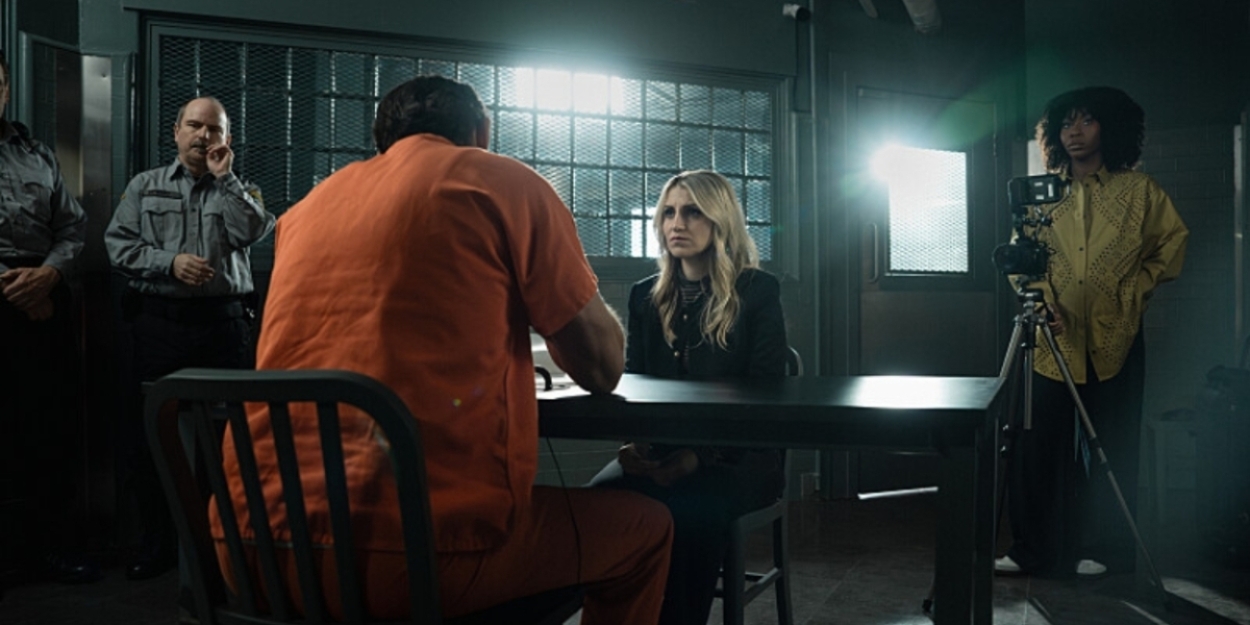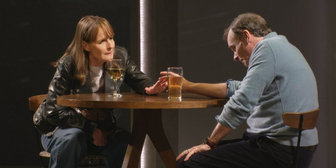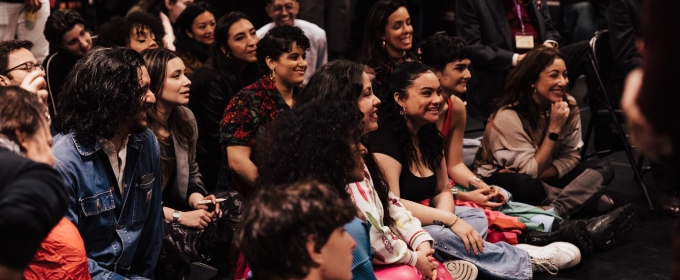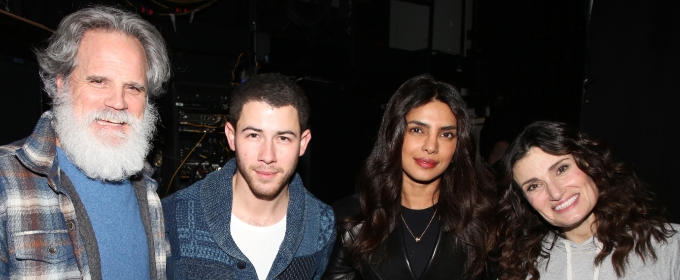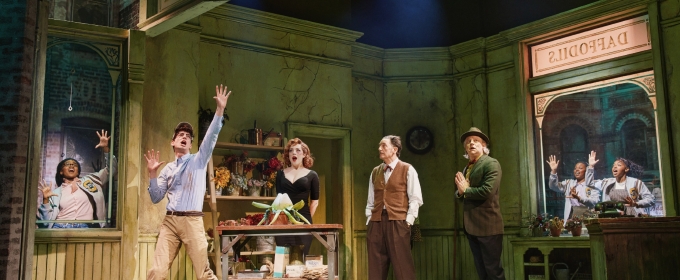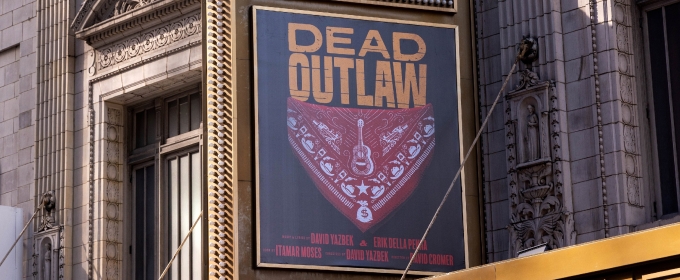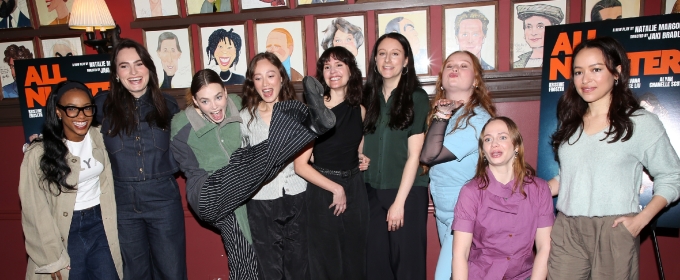Trending Stories
Recommended for You
MAMMA MIA! Will Return to Broadway This Summer
The musical is set to begin previews on August 2 ahead of an opening night on August 14 at the Winter Garden Theatre.
WICKED & More Win 2025 Oscars- Full List of Winners
Wicked won for Best Costume Design and Best Production Design.
Playlist: Best Female Anthems of Broadway
We have 100 herstoric Broadway songs to jam to this March.
Character Breakdown: SMASH Cast Unpacks Their Roles
Smash also stars Robyn Hurder, Brooks Ashmanskas, Caroline Bowman, and more.
Ticket Central
Industry
West End

Video: Watch New Footage From MEAN GIRLS in London
MEAN GIRLS is now booking to 8 June 2025 at the Savoy Theatre.
MEAN GIRLS is now booking to 8 June 2025 at the Savoy Theatre.
New York City

BroadwayWorld Cabaret Upcoming Show Roundup – Mar. 4 to Mar. 10, 2025
Some of our top picks for live cabaret shows and events to see in NYC this week
Some of our top picks for live cabaret shows and events to see in NYC this week
United States

SUFFS, HELL'S KITCHEN, and More Set For Eccles' 2025-26 Broadway Season
The season also includes Hadestown, Some Like It Hot, Back to the Future, and more!
The season also includes Hadestown, Some Like It Hot, Back to the Future, and more!
International
PHOTOS: PRISCILLA, REINA DEL DESIERTO presenta su fin de gira en València
El musical podrá verse hasta el próximo 6 de abril
El musical podrá verse hasta el próximo 6 de abril














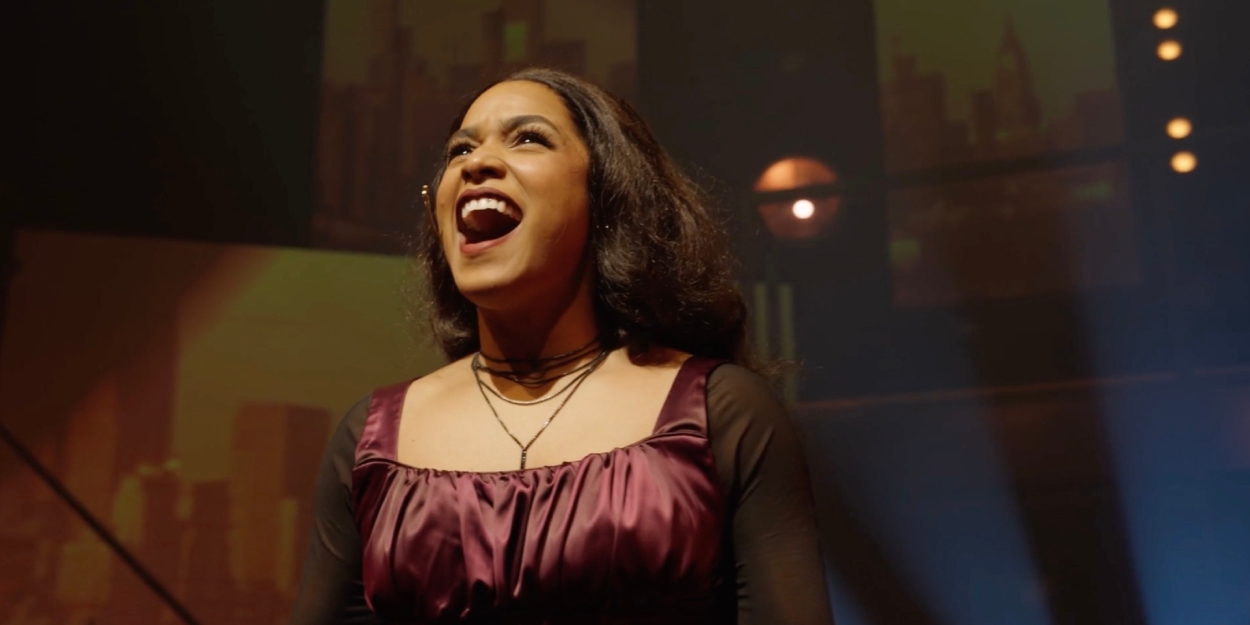








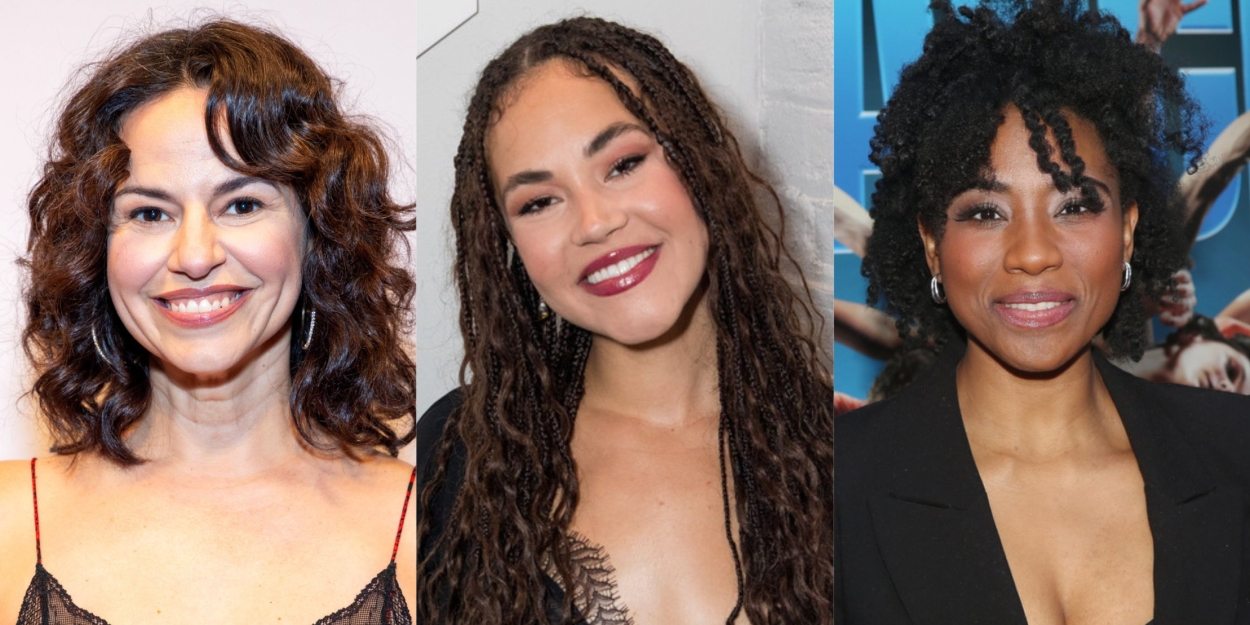







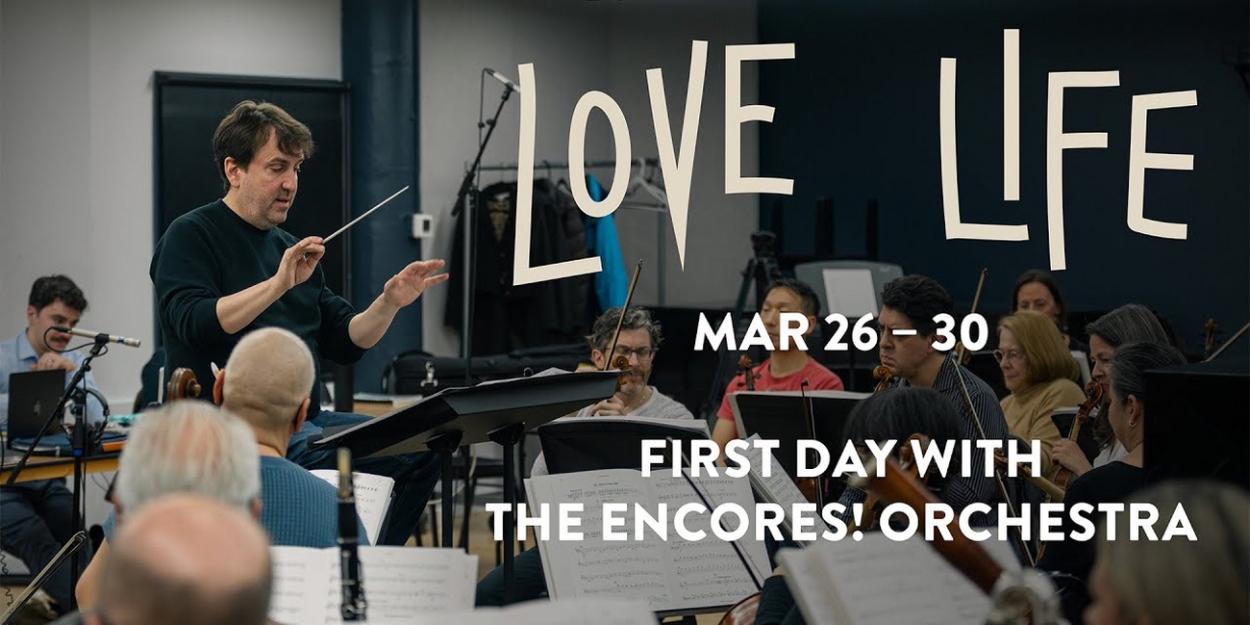



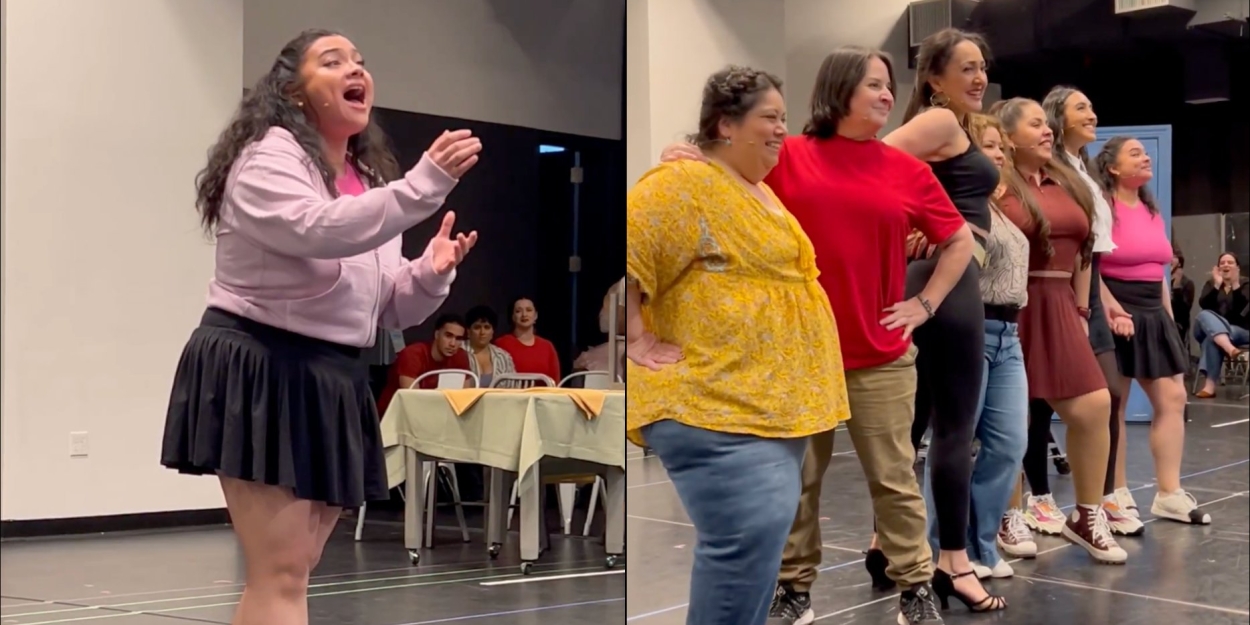


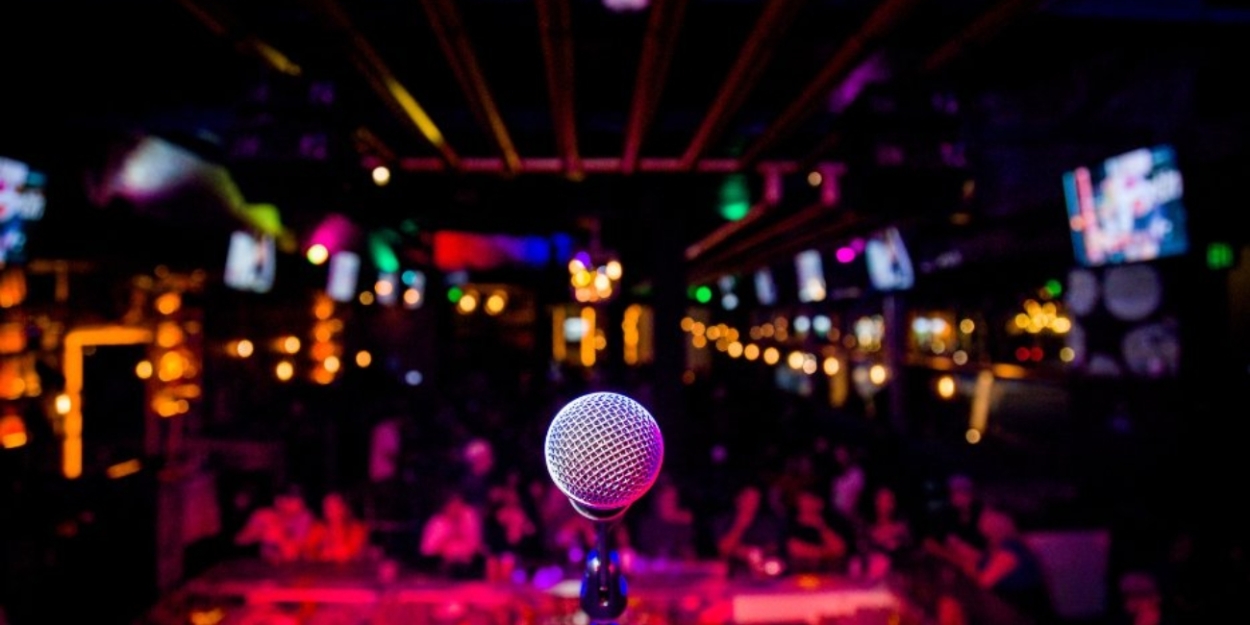
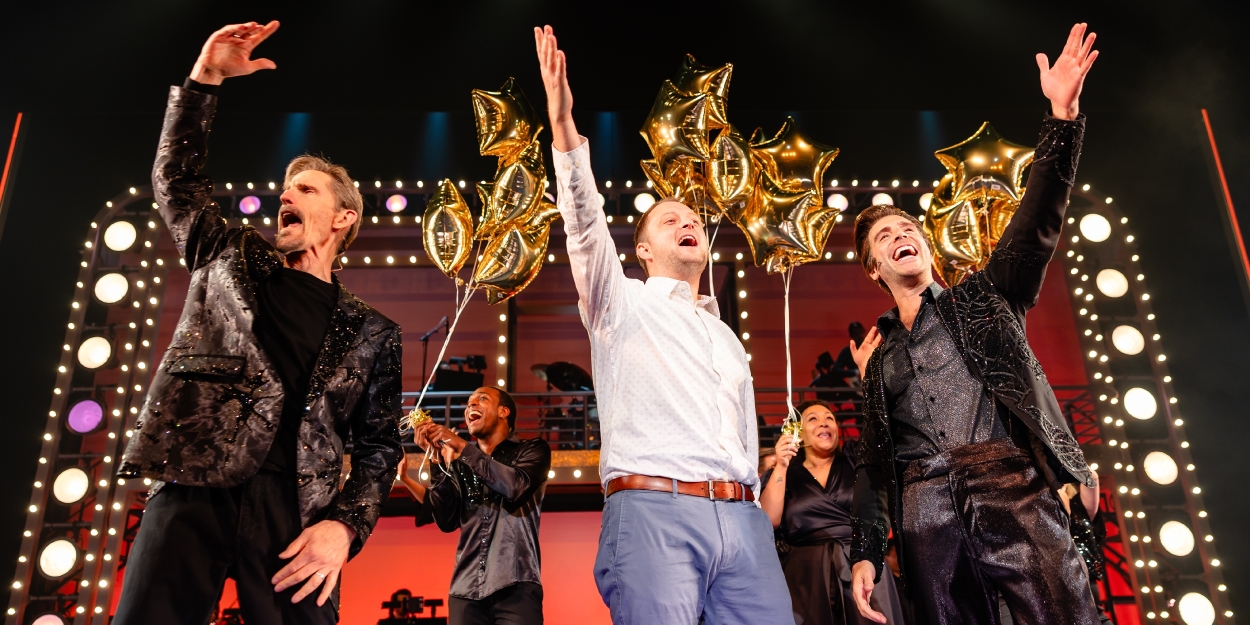


.jpg)
